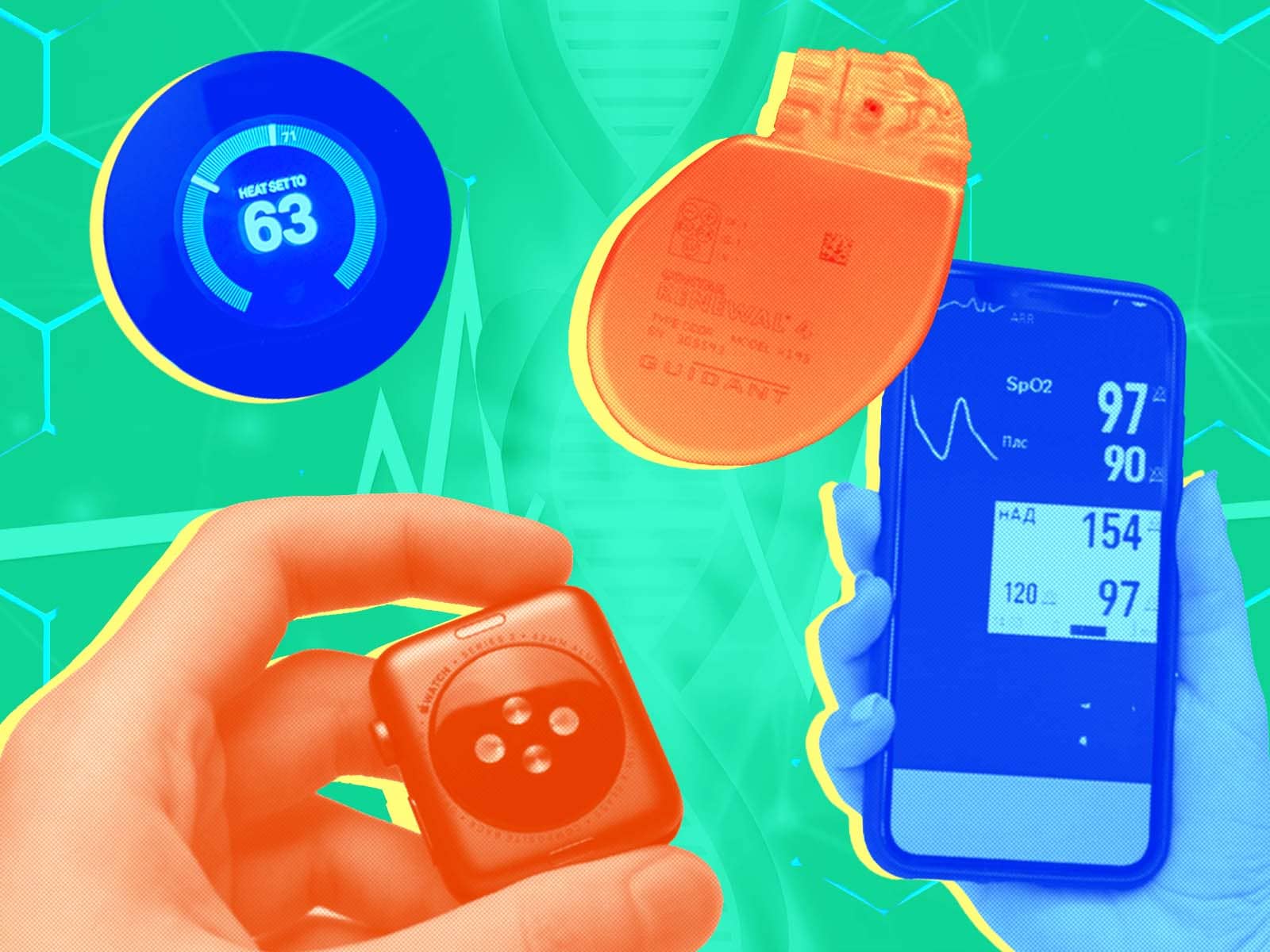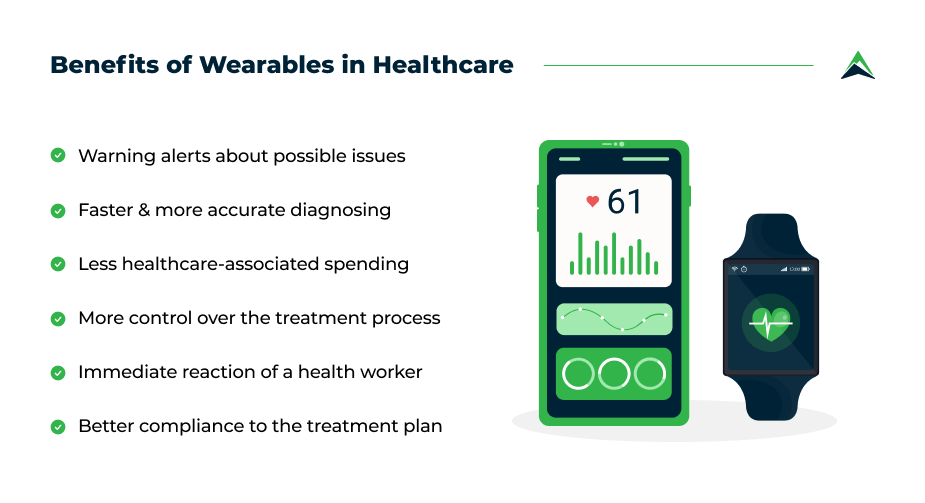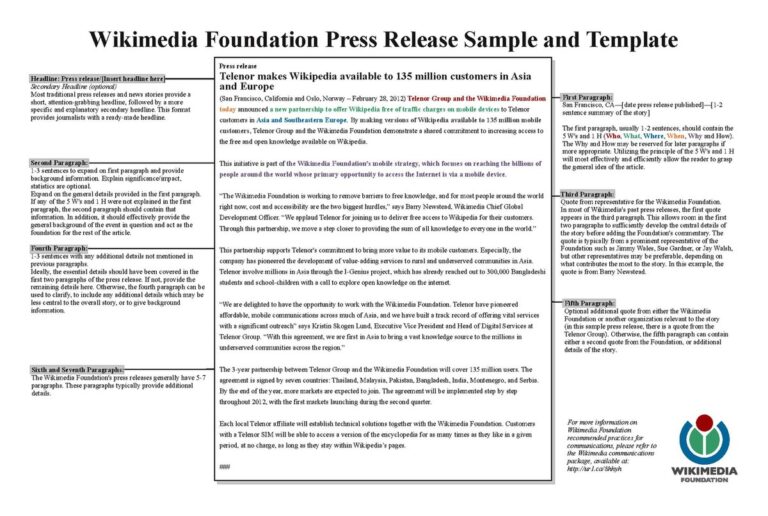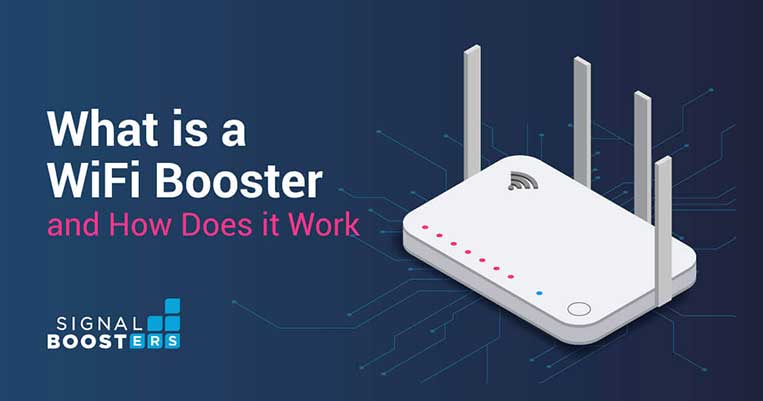What Are The Benefits Of IoT Wearable Devices In Healthcare?
The Internet of Things (IoT) wearable devices have revolutionized the healthcare industry by empowering patients to monitor their own health in real-time. IoT wearable devices, such as smartwatches and fitness trackers, provide valuable insights about a person’s health, allowing doctors to better diagnose and treat conditions. They also enable healthcare providers to access a patient’s health data in real-time, allowing them to intervene and take proactive measures to prevent illness or injury. Additionally, IoT wearable devices can help patients better manage chronic conditions, improve their overall lifestyle, and make informed decisions about their health. With the use of IoT wearable devices, healthcare providers can better detect and diagnose diseases and other health conditions, as well as provide personalized treatment plans to patients.
What is IoT and How It Is Used In Healthcare
?
IoT (Internet of Things) is a term used to describe a network of connected devices that communicate with each other over the internet. These devices can be anything from smartphones and laptops to medical devices and even wearable technology. IoT has the potential to revolutionize the healthcare industry by allowing medical professionals to keep track of their patients’ health in real time. In addition, IoT wearables can be used to monitor vital signs and provide valuable insights into a patient’s health.
IoT wearable devices in healthcare can be used to monitor a variety of different vital signs, such as heart rate, temperature, oxygen saturation, and blood pressure. Additionally, these devices can be used to track activity levels and sleep patterns. By collecting this data, medical professionals can gain a better understanding of a patient’s health and detect any irregularities or changes. This can be especially beneficial for patients with chronic conditions, who may require frequent monitoring.
Furthermore, IoT wearables can be used as a tool for remote patient monitoring. Through various sensors and mobile applications, medical professionals can remotely monitor their patients’ health without having to be present. This can be especially beneficial for elderly patients who may not be able to visit a doctor’s office.
Overall, IoT wearables offer a variety of potential benefits for healthcare professionals and patients alike. By providing real-time data and insights, IoT wearables can be used to improve the accuracy of diagnosis and treatment, as well as enhance the quality of patient care. Moreover, these devices can be used to remotely monitor patients, allowing medical professionals to provide care without having to be present.
Types of Wearable IoT Devices
The Internet of Things (IoT) has revolutionized the healthcare industry in recent years, and wearable devices are at the forefront of this transformation. Wearable IoT devices can be worn on the body and allow for the collection and data transmission of vital signs and other biometric information. They can be used to monitor and manage chronic diseases, detect illnesses, and even track fitness goals. But what are the types of wearable IoT devices and how do they benefit the healthcare industry?
In healthcare, the most commonly used type of wearable IoT device is a smartwatch. Smartwatches can measure heart rate, blood pressure, and other vital signs, as well as track sleep and exercise. They can also be used to monitor blood sugar levels and other disease-related metrics. Smartwatches are also used to provide medication reminders, make emergency calls, and even monitor falls.
Activity trackers are another type of wearable IoT device used in healthcare. They measure physical activity, including steps taken, calories burned, and distance traveled. They can also be used to detect falls and monitor sleep. Activity trackers can be used to monitor the health of patients with chronic conditions and alert healthcare providers if something is amiss.
Finally, medical alert systems are another type of wearable IoT device. These devices are worn as pendants or bracelets and can be used to call for help in the event of an emergency. They also enable healthcare providers to monitor the location of patients and their vital signs.
Overall, wearable IoT devices provide numerous benefits to the healthcare industry, from helping to monitor and manage chronic diseases to providing medication reminders and medical alert systems. These devices are helping to revolutionize the way healthcare is delivered and are improving the quality of care for patients around the world.
Benefits of IoT Wearable Devices in Healthcare
The internet of things (IoT) is revolutionizing the healthcare industry, and one of the biggest benefits of this technology is the use of wearable devices. Wearable devices are small, lightweight devices that can be worn on the body to measure and monitor vital signs, activity levels, and other health-related data. These devices have numerous advantages that can improve healthcare outcomes, from providing real-time data to reducing the need for in-person visits.
One of the most important benefits of IoT wearable devices in healthcare is the ability to track and monitor a patient’s health in real-time. These devices can detect changes in vital signs, blood pressure, and other health parameters and alert doctors and healthcare professionals if there are any issues. This allows for quicker diagnosis and treatment of medical conditions, reducing the risk of complications.
IoT wearables can also help reduce the cost of healthcare by reducing the need for in-person visits. By providing real-time data, doctors can make more informed decisions about treatments and medications without having to bring the patient in for an appointment. This can save both time and money, as well as reducing the risk of exposure to communicable diseases.
Furthermore, IoT wearables can help to promote healthier lifestyles. By providing real-time data on activity levels and dietary choices, patients can be better informed about how to improve their health. This can help reduce the risk of chronic diseases and improve overall quality of life.
Overall, the benefits of IoT wearable devices in healthcare are numerous. Real-time data helps doctors make better decisions, reduces the cost of healthcare, and promotes healthier lifestyles. This technology is revolutionizing the healthcare industry and is helping to improve the lives of patients everywhere.

Challenges of Implementing IoT Wearable Devices in Healthcare
The implementation of IoT wearable devices in healthcare is a technology that has the potential to revolutionize patient care. However, there are challenges that must be addressed in order to ensure successful implementation and use of these devices. The primary challenge is security, as data collected from these devices must be stored and managed securely. Additionally, there is the challenge of cost; IoT wearable devices can be expensive to purchase and maintain. Additionally, there is the challenge of integration; IoT wearable devices must be integrated with existing healthcare systems in order to be effective. Furthermore, there is the challenge of data accuracy; IoT wearable devices must be able to accurately capture and report data in order for the technology to be useful. Finally, there is the challenge of scalability; IoT wearable devices must be able to scale to meet the needs of different healthcare providers.
Overall, while the implementation of IoT wearable devices in healthcare has the potential to revolutionize patient care, there are still challenges that must be addressed in order to ensure successful implementation and use of these devices. With the right solutions in place, these challenges can be overcome, and the potential benefits of this technology can be realized.
Examples of IoT Wearable Devices Currently Used in Healthcare
The Internet of Things (IoT) is revolutionizing the healthcare industry, allowing for the development of innovative wearable devices that can monitor patients’ vital signs, diagnose illnesses, and provide real-time reminders for medical appointments. IoT wearable devices are becoming an increasingly popular tool for healthcare professionals and patients alike, offering the potential to improve health outcomes, reduce medical costs, and provide greater convenience. In this article, we will explore some of the examples of IoT devices currently being used in healthcare.
Smart Watches are one of the most common forms of IoT wearable devices being used in healthcare today. These devices allow users to monitor their heart rate, activity levels, and other vital signs. Some smart watches even feature specialized medical sensors and apps that can alert users to potential health issues. Additionally, many smart watches can be used to remind users to take their medications, as well as providing real-time feedback on their progress.
Smart Clothing is another form of IoT wearable device being used in healthcare. These garments come equipped with embedded sensors that can measure body temperature, heart rate, and other vital signs. Smart clothing can also be used to detect changes in posture and track physical activity. Additionally, they can be used to provide real-time feedback to users, including reminders to take medications or perform physical therapy exercises.
Finally, Smart Glasses are a type of IoT wearable device being used to monitor eye health. These devices can be used to track eye movements, detect changes in vision, and provide feedback on the user’s performance. Additionally, they can be used to provide reminders to take eye drops and other medications as well as providing real-time feedback on the user’s progress.
The potential of IoT wearable devices in healthcare is enormous, and these are just a few of the many examples currently being used. By monitoring vital signs, providing reminders, and giving feedback, these devices can help to improve health outcomes, reduce medical costs, and provide greater convenience for both healthcare professionals and patients.
Future Outlook of IoT Wearable Devices in Healthcare
The future of IoT wearable devices in healthcare is bright and full of potential. As technology advances, the potential of these devices to revolutionize healthcare continues to grow. IoT wearables are increasingly being used to monitor patient health, deliver personalized care, and provide real-time insights into patient data. As more healthcare providers and organizations embrace these devices, they are becoming an integral part of the healthcare industry.
The next step in the evolution of IoT wearables in healthcare is the use of artificial intelligence (AI). AI can be leveraged to improve the accuracy and efficacy of patient monitoring. AI-based algorithms can analyze patient data to identify conditions and provide more personalized care. Additionally, AI-enabled IoT wearables can be used to identify potential health risks and provide early warning signs of disease.
The potential of IoT wearables in healthcare is vast and ever-growing. With the ability to monitor patient health in real-time, provide personalized care, and detect potential health risks, IoT wearables can revolutionize the way healthcare is delivered. As more organizations continue to embrace the potential of these devices, the future of healthcare looks brighter than ever.
FAQs About the What Are The Benefits Of IoT Wearable Devices In Healthcare?
Q1. What medical conditions can be monitored using IoT wearable devices?
A1. IoT wearable devices can be used to monitor a variety of medical conditions such as heart rate, blood pressure, blood sugar, respiration rate, and other vital signs.
Q2. What is the benefit of using IoT wearable devices in healthcare?
A2. IoT wearable devices can provide real-time data to healthcare providers, allowing for better diagnosis and treatment of medical conditions. They also provide a more comprehensive picture of a patient’s health, allowing for better preventive care and health management.
Q3. Are IoT wearable devices secure and private?
A3. Yes, IoT wearable devices are designed to be secure and private, using encryption and other security protocols. Additionally, many devices are compliant with HIPAA regulations, which ensure the privacy and security of patient health information.
Conclusion
The potential of IoT wearable devices in healthcare is significant. The ability to collect, store, and transmit health data in real-time provides healthcare professionals with valuable information that can be used to better diagnose and treat patients. Additionally, these devices can be used to monitor patient health and alert providers to potential problems. IoT wearable devices also offer improved convenience, cost savings, and higher quality of life for patients. As technology continues to develop, the benefits of IoT wearable devices in healthcare will only become more widespread.




